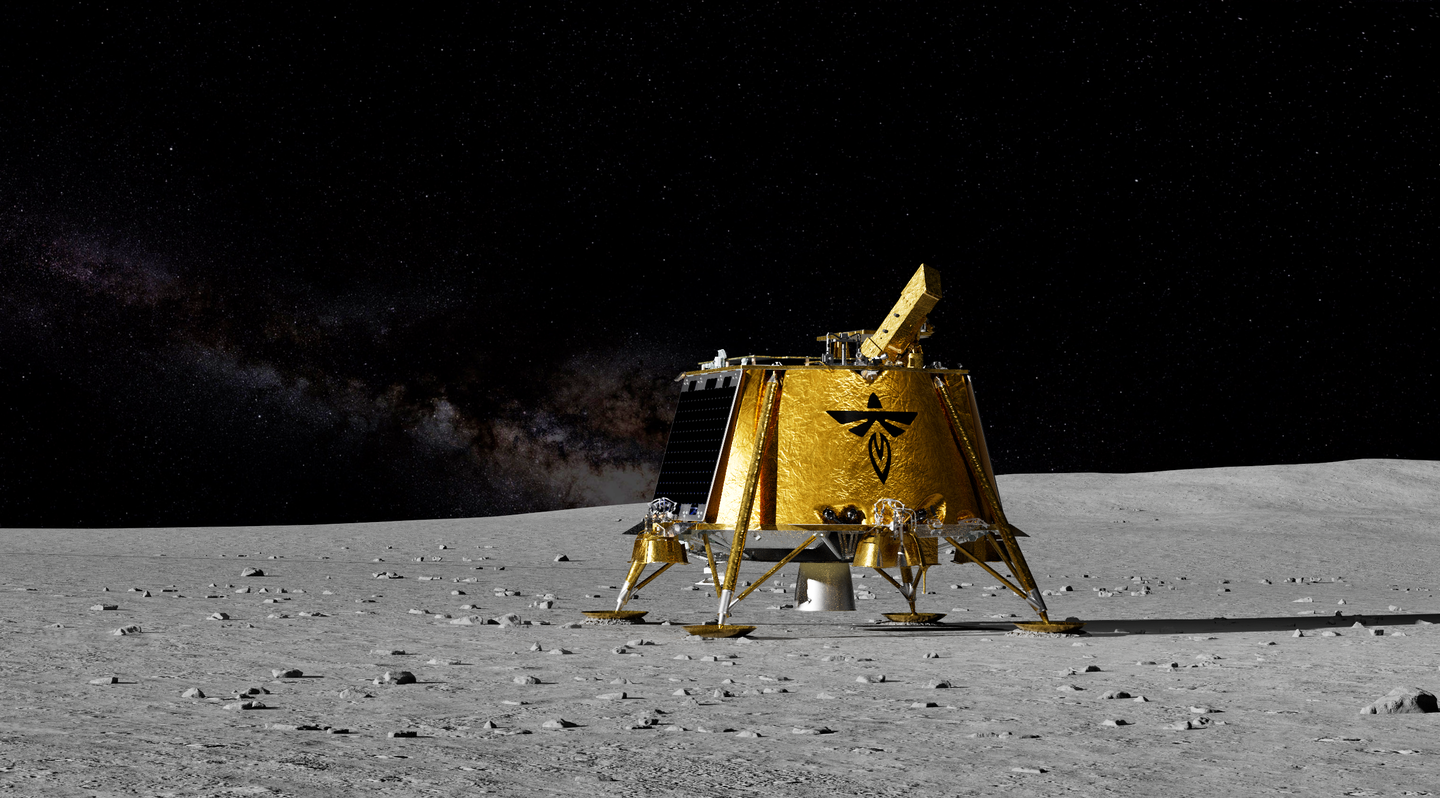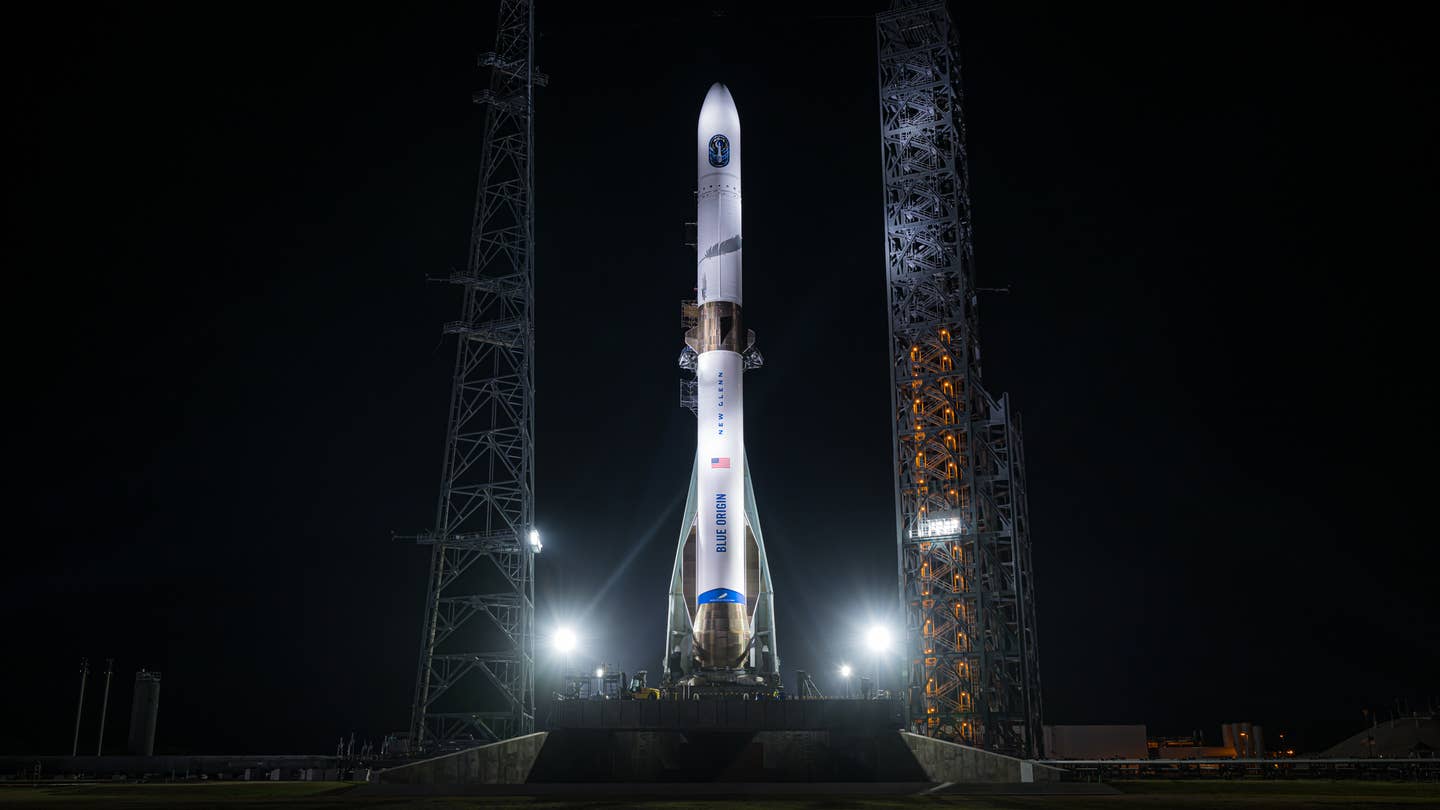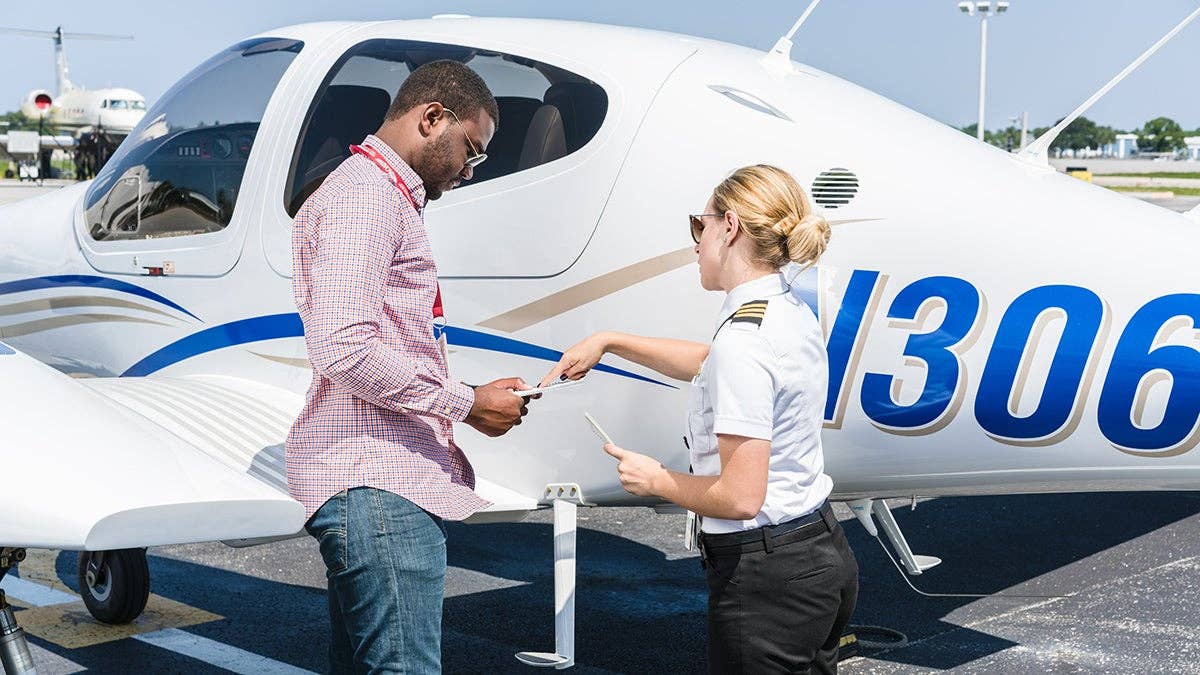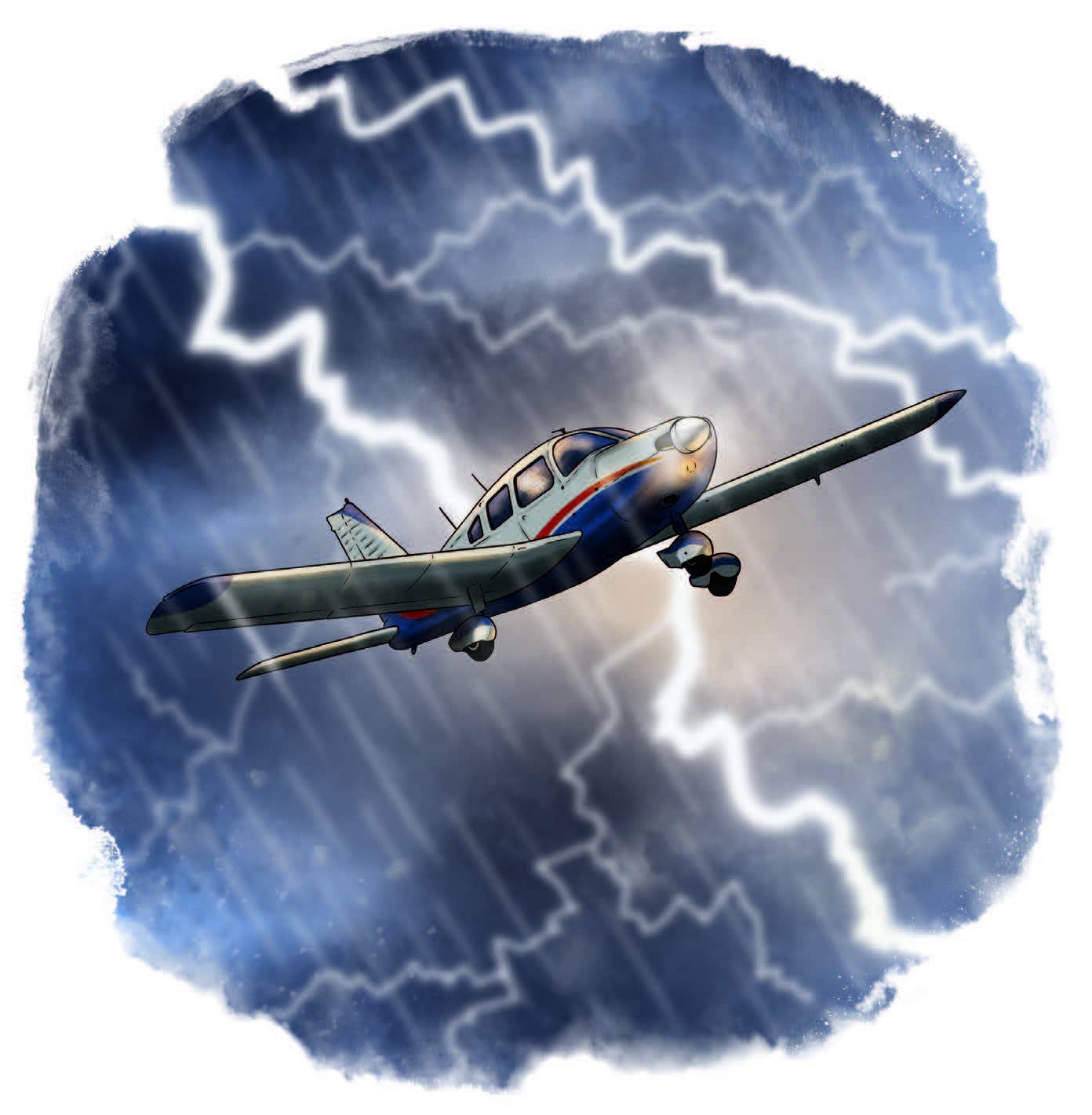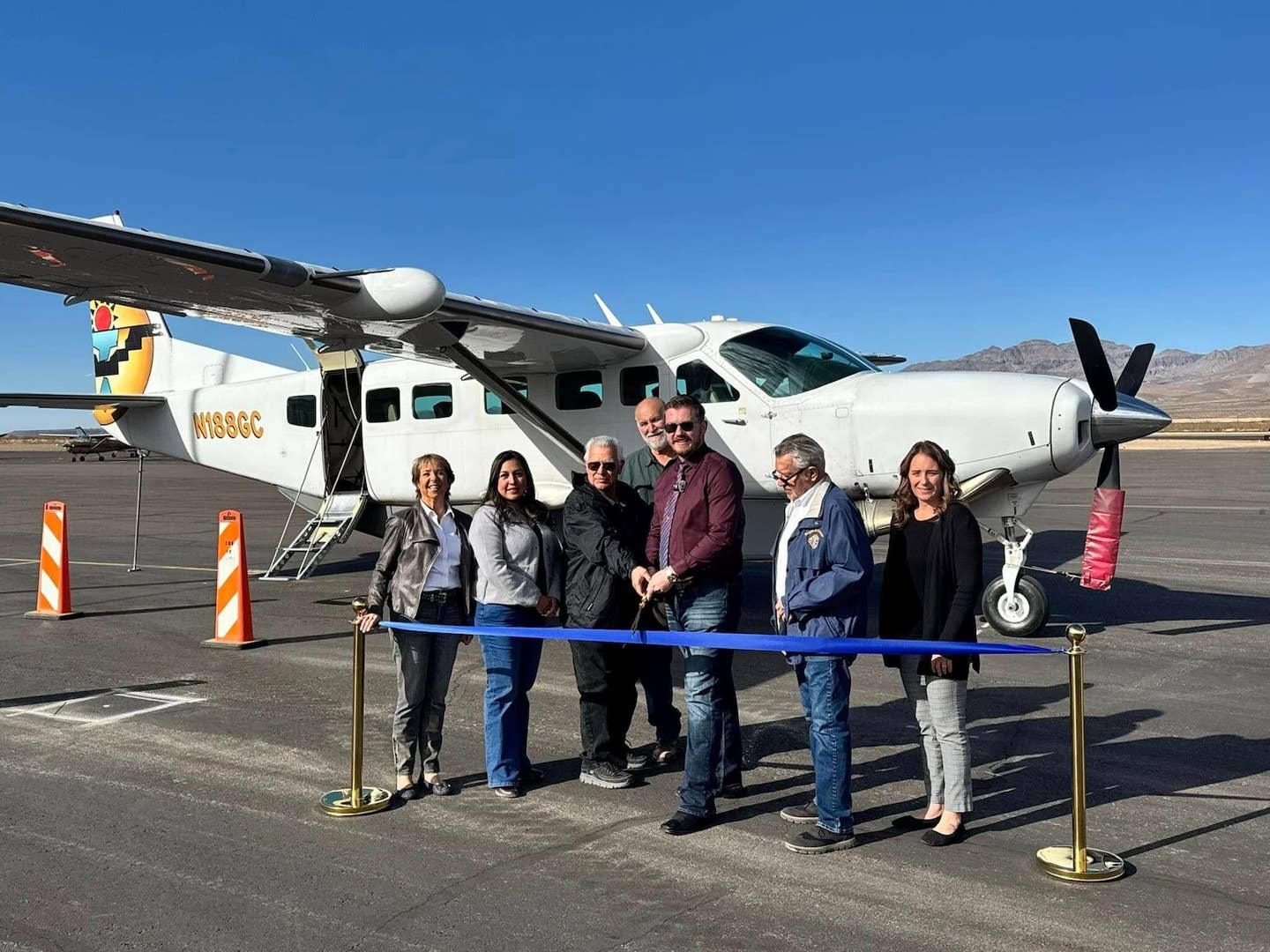
** The wreckage of a Boeing 727 lies in the
Mexican desert after the Discovery Channel
intentionally crashed the airplane.**
Airplane crashes are generally unplanned tragic events that we all do our best to avoid. But this weekend, a 170-seat Boeing 727 was deliberately crashed in the remote Sonoran Desert in Baja California, Mexico, all in the name of science.
“This groundbreaking project features an actual crash of a passenger jet and explores the big question about how to make plane crashes more survivable,” said Eileen O’Neill, group president of Discovery and TLC Networks, in a press release.
The airplane was flown to the crash site by a pilot who parachuted out prior to the crash together with the rest of the flight team. In addition to the scientific research, the crash experiment will be used for a television documentary, produced by British production company Dragonfly Film and Television Productions, to be aired this fall on Discovery Channel in the United States, Channel 4 in in the United Kingdom and ProSieben in Germany.
The documentary should include some unique footage because the flight and crash were filmed from many perspectives. The pilot‘s helmet was equipped with a camera, so viewers will be able to see the airplane from his perspective as he departs the airplane and it continues its solo flight. Additional exterior footage was shot from several chase airplanes.
There were also several more cameras mounted inside the airplane, which was filled with crash test dummies and scientific equipment that recorded the results of the impact. No official videos of the crash landing have been released, but this amateur clip shows the airplane break apart as it impacts the desert floor.
This was not, however, the first planned crash landing of a large jet. NASA conducted a similar experiment in 1984 with a Boeing 720, though with very different results. Remotely controlled, it departed from Edwards AFB and landed on a "specially prepared runway," according the NASA Dryden Flight Research Center. The runway had been equipped with "cutters" that sliced through the wings, releasing and igniting a massive fireball of fuel. The airplane was damaged by fire, but it remained intact after the impact possibly because the touchdown was controlled by the remote operator, unlike the experiment in Mexico where the airplane was uncontrolled during the crash landing.

Sign-up for newsletters & special offers!
Get the latest FLYING stories & special offers delivered directly to your inbox

